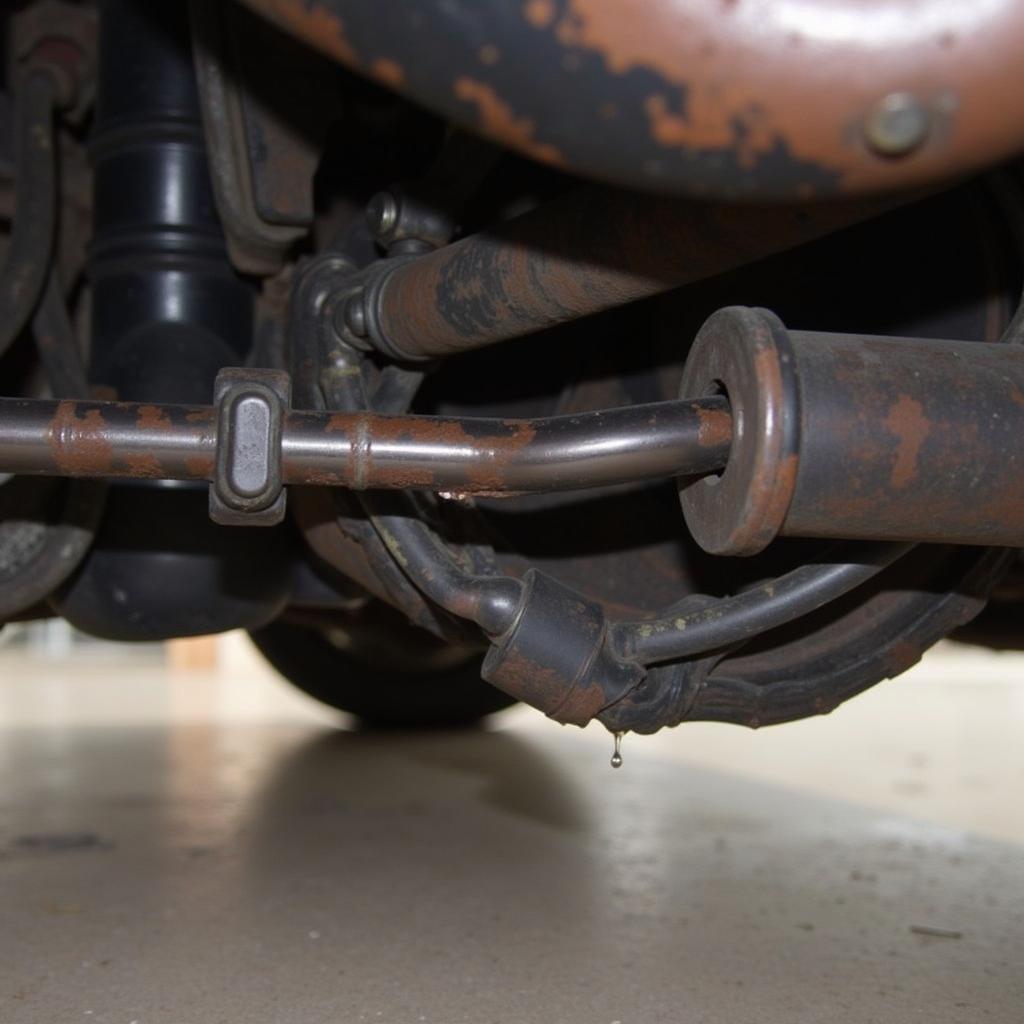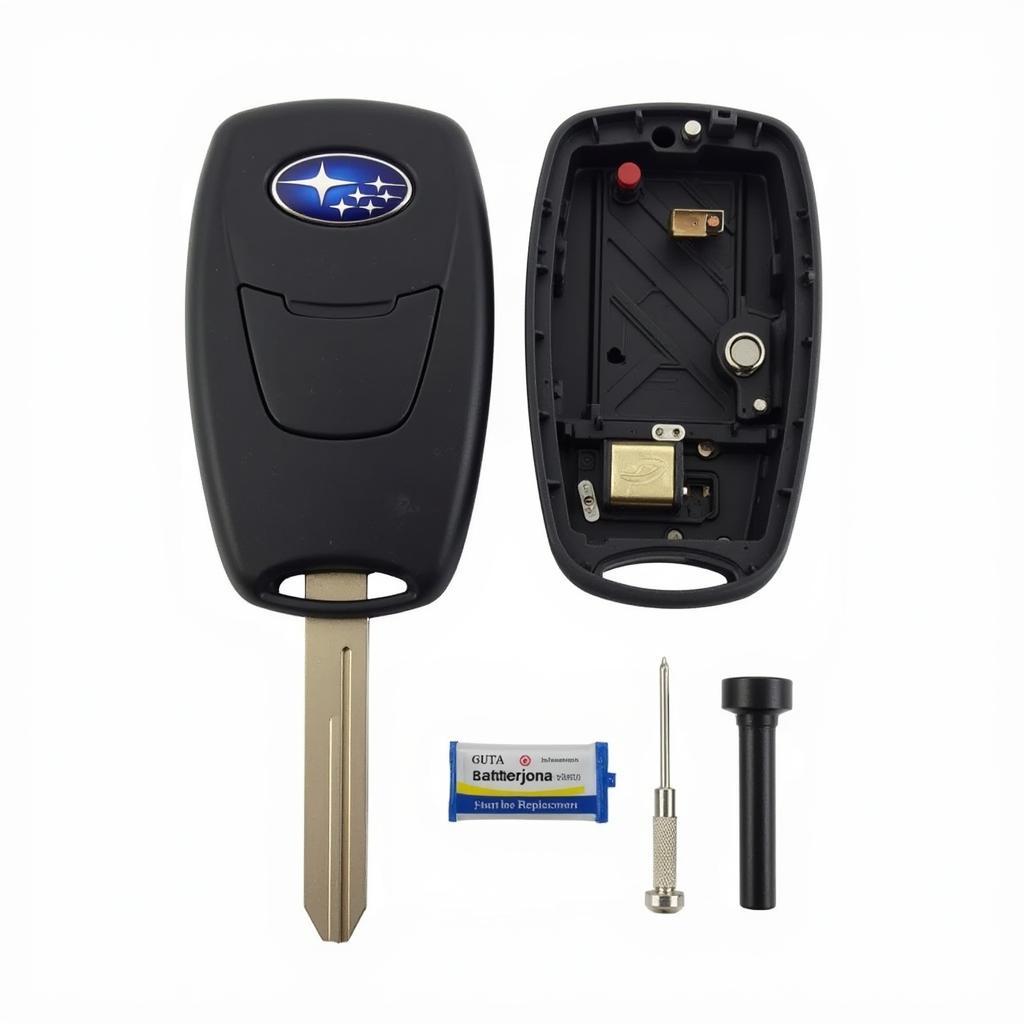The brake warning light on your 2002 Accord is a critical safety indicator. Ignoring it could lead to serious braking issues. This comprehensive guide dives deep into the causes of a lit brake warning light on a 2002 Honda Accord, providing DIY troubleshooting tips, and explaining when professional help is necessary. Understanding why this light illuminates is essential for maintaining safe and reliable braking performance.
Having a brake warning light illuminate can be unsettling. The light itself can indicate several issues, ranging from low brake fluid to more serious problems like worn brake pads or a malfunctioning ABS system. Knowing how to diagnose and address the root cause is key to getting back on the road safely. For a more specific issue regarding a dimly lit brake light, see our guide on a brake lamp warning light barely lit 2002 accord.
Common Causes of a Brake Warning Light
Several factors can trigger the brake warning light in your 2002 Accord. Here are some of the most common culprits:
- Low Brake Fluid: This is often the most straightforward cause. A leak in the brake lines or worn brake pads can deplete brake fluid levels, triggering the warning light.
- Worn Brake Pads: Brake pads have wear indicators that contact the rotor when they become too thin. This contact activates the brake warning light.
- Faulty Brake Light Switch: The brake light switch, located near the brake pedal, signals the brake lights to illuminate when the pedal is pressed. A malfunctioning switch can also trigger the warning light.
- ABS Issues: If there’s a problem with the Anti-lock Braking System (ABS), the warning light might come on. This could be due to a faulty sensor or a problem with the ABS module.
- Parking Brake Engaged: Sometimes, the simplest explanation is the correct one. Make sure the parking brake isn’t engaged.
After this initial assessment, you might find the issue is related specifically to the brake lamp warning light in your 2002 Accord.
Diagnosing the Problem
Troubleshooting the brake warning light requires a systematic approach.
- Check the Parking Brake: As mentioned earlier, ensure the parking brake is fully disengaged.
- Inspect Brake Fluid Level: Locate the brake fluid reservoir under the hood. Check the fluid level against the minimum and maximum markings.
- Visually Inspect Brake Pads: If possible, look at the brake pads through the wheel spokes. Look for significant wear.
- Test Brake Lights: Have someone observe the brake lights while you press the brake pedal. Ensure they illuminate properly. This helps identify a potential brake light switch issue.
- Consult a Professional: If the basic checks don’t reveal the problem, it’s best to consult a qualified mechanic. They have the diagnostic tools and expertise to pinpoint the issue accurately. For further guidance, you might find our resource on the 2002 Honda Accord brake warning light helpful.
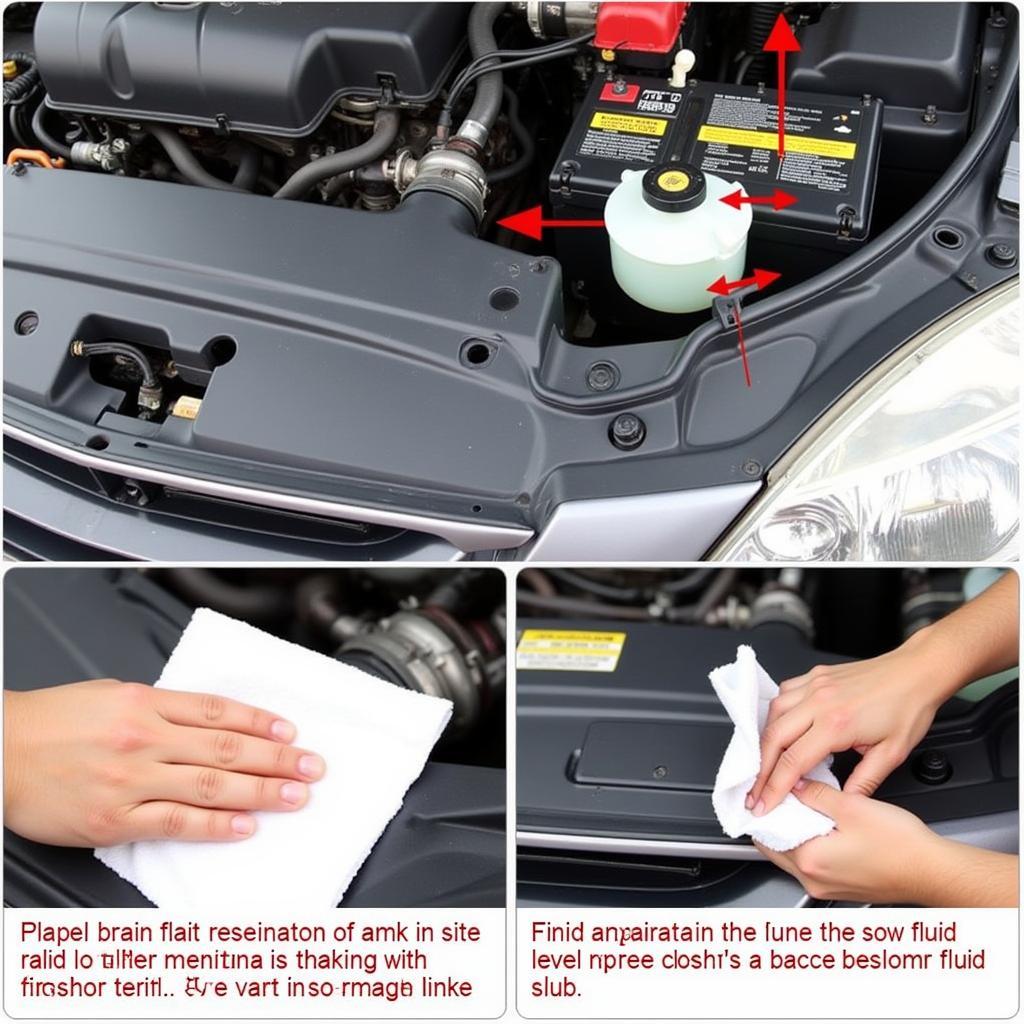 2002 Honda Accord Brake Fluid Reservoir Location and Inspection
2002 Honda Accord Brake Fluid Reservoir Location and Inspection
“Regular brake inspections are crucial for safety,” advises John Smith, ASE Certified Master Technician. “Don’t wait for the warning light to illuminate before addressing potential brake issues.”
Resetting the Brake Warning Light
After addressing the underlying problem, the brake warning light should go off. However, in some cases, you might need to reset it manually. Check your owner’s manual for specific instructions. You can also find information on how to reset the brake warning light on a Honda Accord 2002 online.
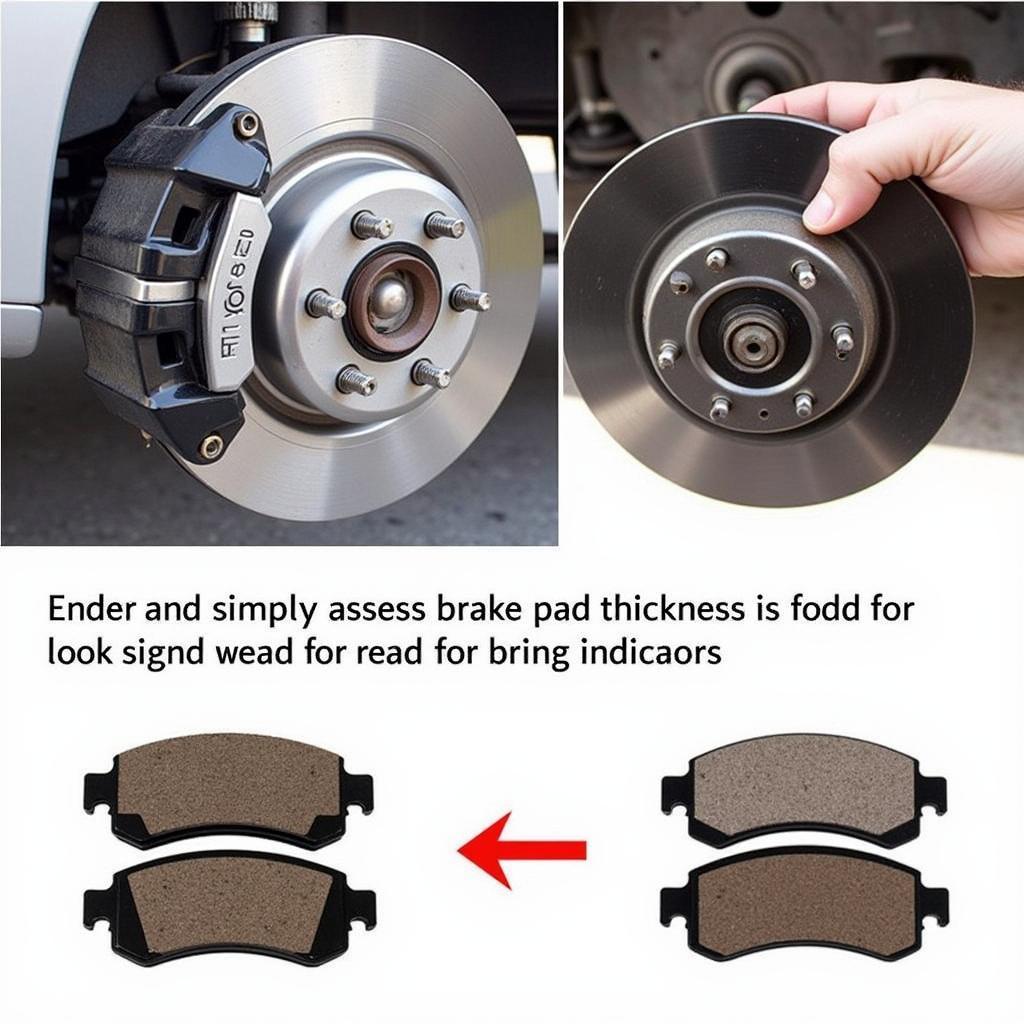 Inspecting Brake Pads on a 2002 Honda Accord
Inspecting Brake Pads on a 2002 Honda Accord
Preventing Future Issues
Regular maintenance is key to preventing brake warning light issues. This includes:
- Routine brake inspections every 12,000 miles or as recommended in your owner’s manual.
- Timely brake pad replacements.
- Regular brake fluid flushes and replacements.
“Preventive maintenance is always more cost-effective than dealing with major repairs,” adds Jane Doe, Senior Automotive Engineer at Auto Solutions Inc.
Conclusion
The brake warning light on your 2002 Accord is a vital safety feature. Addressing the underlying issue promptly is crucial for safe driving. This guide provides a starting point for diagnosing and troubleshooting the problem. If you’re unsure about any step, consult a qualified mechanic for professional assistance. Don’t ignore this warning—your safety and the safety of others depend on it. More information on brake lamp warning light issues with the 2002 Accord can be found on our website.
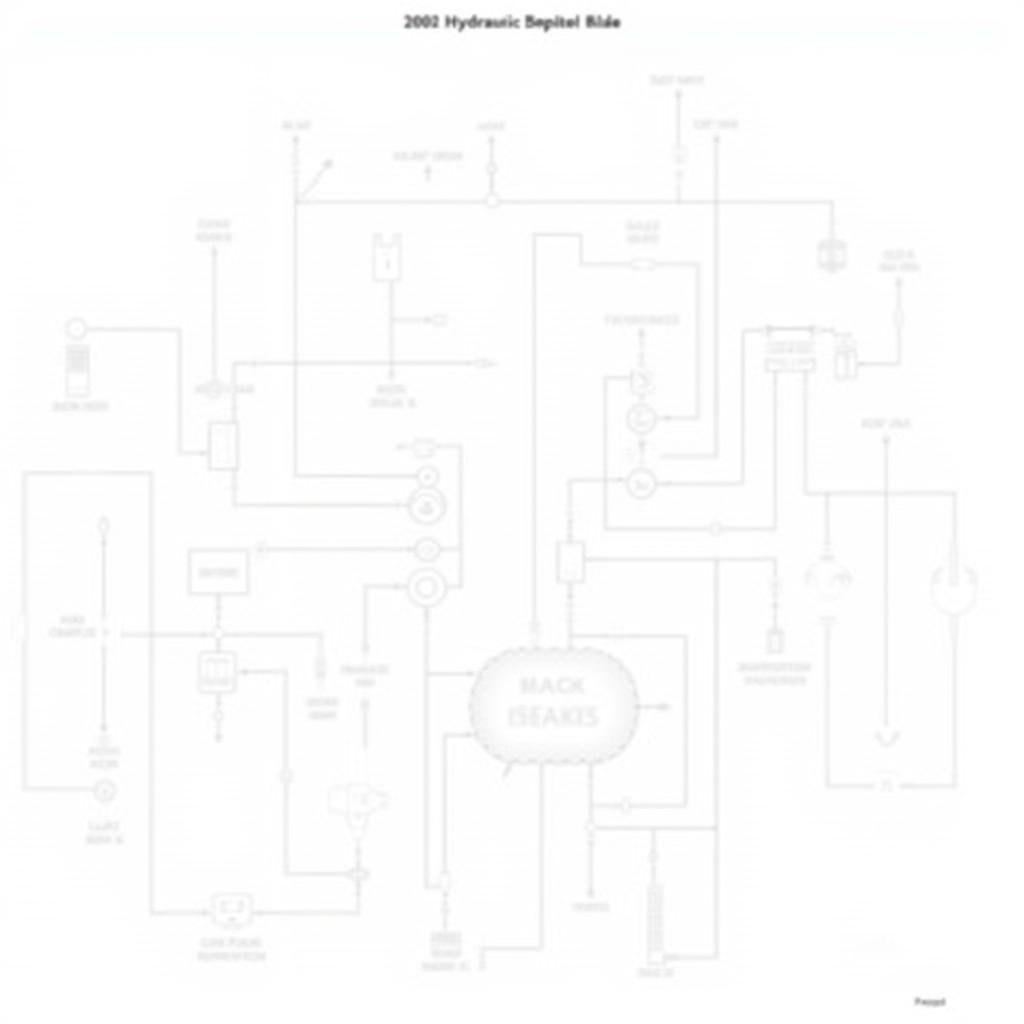 2002 Honda Accord Brake System Diagram
2002 Honda Accord Brake System Diagram
For further details regarding this specific warning light, consult our guide on the 2002 accord brake lamp warning light.
FAQ
-
What does it mean when the brake warning light comes on and stays on? It indicates a problem within your braking system, such as low brake fluid, worn brake pads, or a fault in the ABS system.
-
Is it safe to drive with the brake warning light on? No, it’s not safe. It signifies a potential braking issue, and driving could be dangerous.
-
Can I reset the brake warning light myself? In some cases, yes. Consult your owner’s manual for specific instructions.
-
How often should I check my brake fluid? At least every 12,000 miles or as recommended in your owner’s manual.
-
How much does it cost to fix a brake warning light issue? The cost varies depending on the underlying cause, ranging from a simple fluid top-up to more expensive repairs like brake pad replacement or ABS module repair.
-
What if my brake warning light flashes intermittently? This could indicate a more serious problem, especially with the ABS system. Get it checked by a mechanic immediately.
-
Where can I find more information about my 2002 Accord’s brake system? Your owner’s manual is a good starting point. You can also find helpful resources online, such as articles and videos. For a specific issue related to a barely lit brake warning light, see our guide on brake lamp warning light barely lit 2002 accord.


